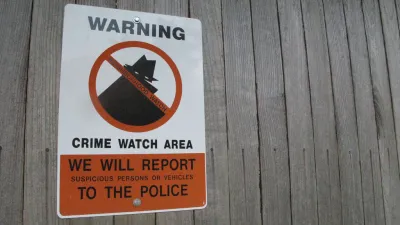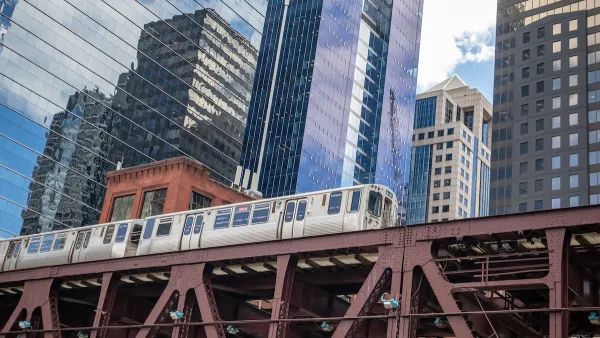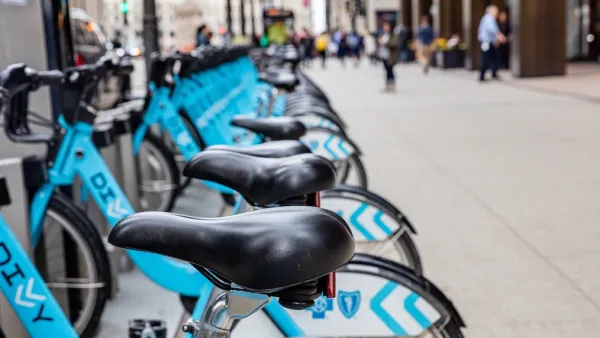New research has found a link between drug dealing and certain urban environments, which researchers believe can lead to better policing strategies.

We've all heard of the broken window theory, but what about the links between foreclosed homes or problem landlords and drug dealing? Researchers believe they have found significant links between a host of potential problem areas in the urban environment and the likelihood of drug dealing. The researchers' findings, summarized on a blog post from LSE-US Centre (London School of Economics), derive from research which looked at the "ecological advantages" in the urban environment for drug dealing in Chicago. As the study notes, past research has found that "nearly half of all drug transactions occur on less than 5 percent of street segments." What is it about these locations that make the so attractive to drug dealers? Per the research findings:
We assessed the relationship between 28 environmental features that were likely to bolster accessibility or security in open-air drug markets for four drug types: cannabis, heroin, crack, and cocaine. The main results of our four risk terrain models are presented in Table 1. Overall, we identified 11 environmental features related to cannabis dealing, 12 for heroin dealing, 11 for crack dealing, and 3 for cocaine dealing. The riskiest feature for markets of all drug types in Chicago was foreclosures; the relative risk values indicate that the risk of drug dealing near foreclosures alone was higher by a factor of between 5 and 16.5 compared to other features in each model.
...
Across all drug market types, our models highlighted several environmental features that are likely to enhance security and accessibility for open-air drug transactions. Security for drug transactions was enhanced in locations with broken street lighting, affordable housing, foreclosures, and problem landlords were at higher risk for cannabis, heroin, and crack dealing. In terms of accessibility, locations with gas stations, retail food establishments, bus stops, grocery stores, liquor stores, and schools were at higher risk for cannabis, heroin, and crack dealing.
The researchers conclude that based on their analysis, policing strategies can be changed to target these high-risk locations and pro-active measures can be taken through urban/environmental design to address problem areas that might encourage drug dealing.
FULL STORY: How the physical landscape of the urban environment affects drug dealing

Analysis: Cybertruck Fatality Rate Far Exceeds That of Ford Pinto
The Tesla Cybertruck was recalled seven times last year.

National Parks Layoffs Will Cause Communities to Lose Billions
Thousands of essential park workers were laid off this week, just before the busy spring break season.

Retro-silient?: America’s First “Eco-burb,” The Woodlands Turns 50
A master-planned community north of Houston offers lessons on green infrastructure and resilient design, but falls short of its founder’s lofty affordability and walkability goals.

Test News Post 1
This is a summary

Analysis: Cybertruck Fatality Rate Far Exceeds That of Ford Pinto
The Tesla Cybertruck was recalled seven times last year.

Test News Headline 46
Test for the image on the front page.
Urban Design for Planners 1: Software Tools
This six-course series explores essential urban design concepts using open source software and equips planners with the tools they need to participate fully in the urban design process.
Planning for Universal Design
Learn the tools for implementing Universal Design in planning regulations.
EMC Planning Group, Inc.
Planetizen
Planetizen
Mpact (formerly Rail~Volution)
Great Falls Development Authority, Inc.
HUDs Office of Policy Development and Research
NYU Wagner Graduate School of Public Service




























